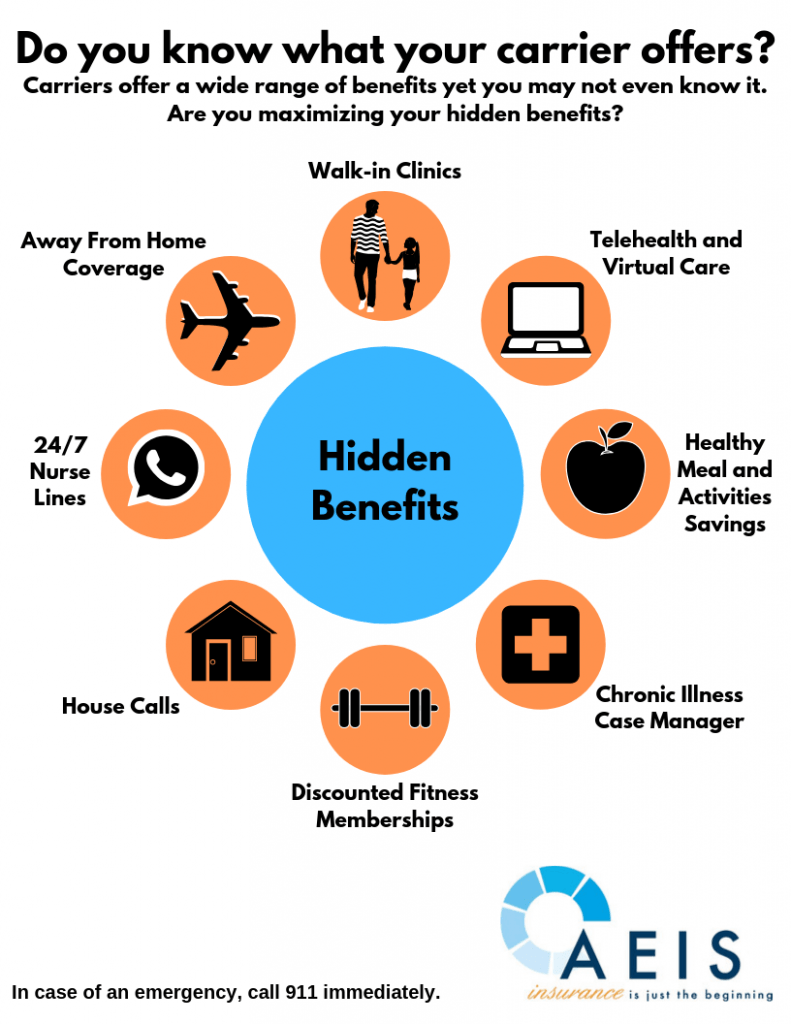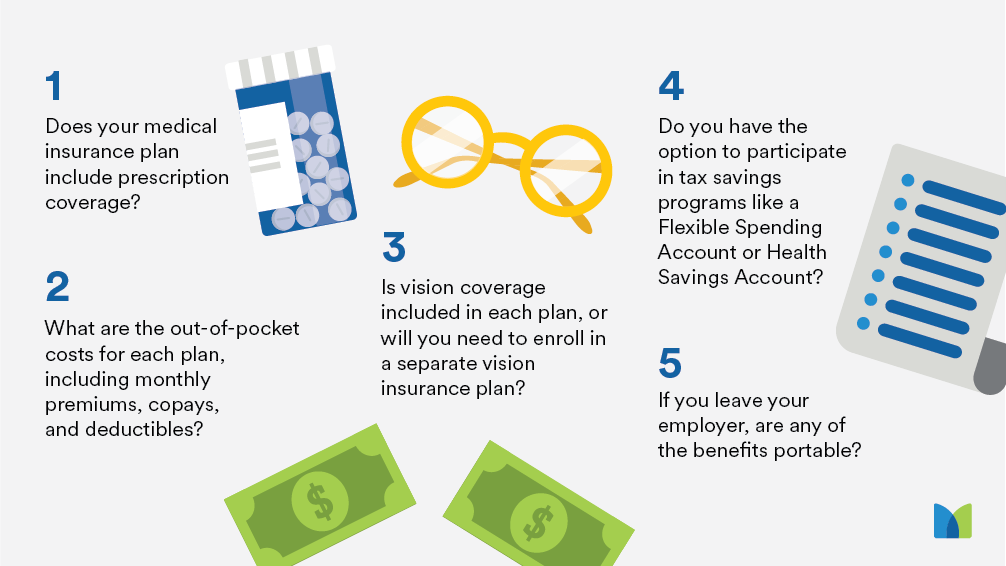The Basic Principles Of Medicare Advantage Agent
The Basic Principles Of Medicare Advantage Agent
Blog Article
Not known Details About Medicare Advantage Agent
Table of ContentsLittle Known Facts About Medicare Advantage Agent.Unknown Facts About Medicare Advantage AgentAn Unbiased View of Medicare Advantage Agent

follows from confusing the fairly young age profile of the uninsured with the better health, on average, of more youthful persons. This obscures the web link in between health standing and health and wellness insurance policy. For those without accessibility to work environment wellness insurance policy, bad health is a possible barrier to purchasing nongroup coverage because such insurance coverage may be very valued, omit preexisting problems, or be just not available. The variety of uninsured Americans is not especially large and has actually not changed in recent times. Seven out of 10 respondents in a nationally depictive survey believed that fewer Americans did not have health insurance policy than really do(Fronstin, 1998). Roughly half(47 percent )thought that the number of individuals without health insurance policy lowered or continued to be continuous over the last half of the last years(Blendon et al., 1999). This decline of practically 2 million in the variety of people 'without insurance coverage (a decrease
of about 4 percent)is absolutely a favorable change. With a softer economic situation in 2000 the most recent reported gains in insurance policy protection might not proceed(Fronstin, 2001 ). The decrease in the variety of uninsured will certainly not proceed if the economy continues to be slow and wellness care prices proceed to surpass rising cost of living. This is because the data were collected for a duration of strong financial performance. Of the estimated 42 million individuals who were uninsured, all but concerning 420,000(concerning 1 percent)were under 65 years old, the age at which most Americans end up being qualified for Medicare; 32 million were grownups between ages 18 and 65, around 19 percent of all grownups in this age team; and 10 million were youngsters under 18 years old, about 13.9 percent of all children (Mills, 2000). These price quotes of the number of persons without insurance are created from the yearly March Supplement to the Present Populace Study (CPS), carried out by the Demographics Bureau. Unless otherwise noted, national estimates of individuals without health insurance policy and percentages of the population with different type of insurance coverage are based upon the CPS, one of the most extensively made use of source of estimates of insurance protection and uninsurance rates. These surveys and the estimates they produce are described briefly in Table B. 1 in Appendix B - Medicare Advantage Agent. These studies vary in size and sampling methods, the questions that are asked concerning insurance coverage
The Ultimate Guide To Medicare Advantage Agent
insurance coverage, and the time duration over which insurance coverage or uninsurance is determined(Lewis et al., 1998, Fronstin, 2000a ). Still, the CPS is particularly valuable since it creates yearly price quotes relatively quickly, reporting the previous year's insurance coverage approximates each September, and due to the fact that it is the basis for a consistent collection of price quotes for even more than 20 years, permitting analysis of trends in protection with time.

Our Medicare Advantage Agent PDFs
Over a three-year duration beginning early in 1993, 72 million individuals, 29 percent of the U.S. population, lacked protection for at least one month. Within a solitary year(1994), 53 million people experienced at the very least a month without protection(Bennefield, 1998a). Six out of every ten without insurance adults are themselves employed. Although working does improve the chance that a person and one's household participants will certainly have insurance policy, it is not a warranty. Also participants of households with two full-time wage earners have practically a one-in-ten chance of being uninsured (9.1 percent uninsured rate)(Hoffman and Pohl, 2000 ). The partnership between health and wellness insurance coverage and accessibility to care is well developed, as recorded later on in visit site this phase. Although the partnership between health insurance coverage and wellness results is neither direct nor simple, a considerable professional and health services study literature web links medical insurance protection
to enhanced accessibility to care, better quality, and boosted personal and population wellness status. The second record, on individual health and wellness results for without insurance adults, is stood for by the inner circle of the number, while the third record, on family well-being, incorporates the topics of the second report yet stresses a various device of evaluation, specifically, the family. The sixth report in the collection will offer information concerning techniques and efforts undertaken in your area, statewide, or across the country to attend to the lack of insurance coverage and its adverse effects. Levels of evaluation for checking out the effects of uninsurance. This conversation of wellness insurance protection concentrates mainly on the united state population under age 65 due to the fact that basically all Americans 65 and older have Medicare or other public coverage.
Furthermore, it focuses especially on those with no medical insurance for any type of length of time. The troubles dealt with by the underinsured remain in some respects comparable to those encountered by the without insurance, although they are typically less serious. Uninsurance and underinsurance, nevertheless, include distinctly different policy problems, and the methods for resolving them might vary. Throughout this research and the five records to adhere to, the primary emphasis is on persons with no medical insurance and thus no assistance in spending for healthcare past what is readily available with charity and security web establishments. Health insurance coverage is a powerful factor influencing invoice of care because both patients and medical professionals reply to the out-of-pocket cost of services. Health insurance coverage, nevertheless, is neither required neither adequate to get to medical solutions. The independent and straight effect of health and wellness
insurance insurance policy on access accessibility health wellness solutions well established. Others will certainly acquire the health and wellness treatment they require even without medical insurance, by paying for it out of pocket or seeking it from companies who supply treatment totally free or at very subsidized prices. For still others, medical insurance alone does not make certain receipt of care due to other nonfinancial obstacles, such as a lack of healthcare companies in their neighborhood, limited accessibility to transport, illiteracy, or linguistic and social differences. Official research concerning without insurance populaces in the United States dates to the late 1920s and very early 1930s when the Board on the Expense of Medical Treatment produced a collection of records concerning funding medical professional office gos to and hospital stays. This problem became prominent as the varieties of medically indigent climbed up during the Great Anxiety. Empirical researches regularly sustain the link between accessibility to care and enhanced health and wellness end results(Bindman et al., 1995; Starfield, 1995 ). Having a regular resource of treatment can be considered a forecaster of accessibility, as opposed to a direct procedure of it, when health and wellness end results are themselves used as gain access to indicators. This extension of the concept of gain access to dimension was made by the IOM Committee on Monitoring Access to Personal Healthcare Solutions(Millman, 1993, p. Whether or not parents are insured appears to affect whether or not their children get treatment along with just how much careeven if the kids themselves have coverage(Hanson, 1998). The health of moms and dads can influence their capacity to look after their youngsters and the level of household anxiety. Fretting about their children's accessibility to care is Look At This itself a resource of tension for moms and dads. Three chapters follow in this report. Chapter 2 provides an overview of just how employment-based medical insurance, public programs and individual insurance policies operate and interact to provide substantial however incomplete protection of the U.S. populace. This consists of an evaluation of historic patterns and public laws affecting both public and exclusive insurance, a conversation of the interactions among the different types of insurance policy, and an exam of why individuals move from one program to another or finish up

Report this page